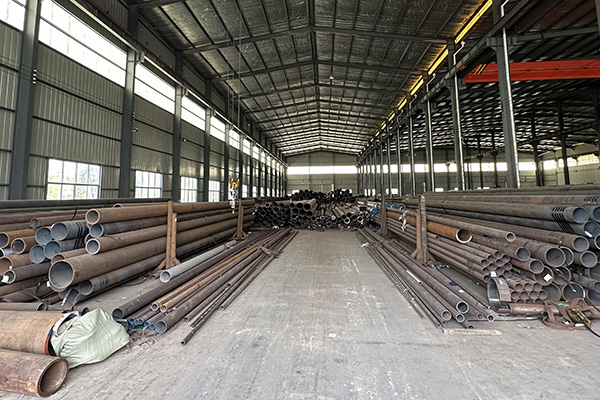

Corrosion Resistance of High Pressure Boiler Seamless Pipe in Harsh Operating Environments
High pressure boiler seamless pipes are essential components in power plants, chemical processing units, and other industrial systems where extreme pressure, temperature, and corrosive media are present. The corrosion resistance of these pipes is critical to maintaining safe and long-term operation in harsh environments.
1. Corrosive Environments and Mechanisms
In high-temperature and high-pressure boilers, corrosion can occur due to the presence of oxygen, sulfur compounds, chlorides, and other aggressive species in steam or flue gases. Common corrosion types include:
Oxidation corrosion at high temperatures, where oxygen reacts with metal surfaces.
Sulfidation caused by sulfur compounds in the fuel or combustion gases.
Stress corrosion cracking (SCC) due to the combined action of stress and corrosive agents.
Pitting and crevice corrosion in localized areas exposed to chlorides or stagnant conditions.
2. Material Selection for Corrosion Resistance
The choice of material plays a decisive role in corrosion resistance. High-pressure boiler seamless pipes are often made from:
Carbon steels (e.g., ASTM A106 Gr. C) for moderate environments.
Low-alloy steels (e.g., 12Cr1MoVG, T22, T91) with improved high-temperature strength and oxidation resistance.
Stainless steels (e.g., TP304H, TP321H, TP347H) for environments rich in chlorides or requiring superior corrosion protection.
Chromium and molybdenum are essential alloying elements that enhance oxidation and sulfidation resistance.
3. Protective Measures
Besides material selection, several protective strategies are applied to extend the lifespan of boiler tubes:
Internal and external coatings such as aluminizing, ceramic coatings, or fusion-bonded epoxy.
Surface treatments like shot peening or pickling to reduce surface defects that act as corrosion initiation sites.
Water chemistry control in boilers to minimize scaling, oxygen content, and pH imbalances.
Regular maintenance and inspection, including ultrasonic testing and eddy current testing to detect early signs of corrosion.
4. Manufacturing Influence
The manufacturing process, including hot rolling, heat treatment, and surface finishing, significantly affects the corrosion resistance. Uniform microstructure, grain size, and the absence of residual stress help reduce the likelihood of corrosion cracking or thinning.
Conclusion
To ensure corrosion resistance in harsh operating environments, engineers must consider factors such as material composition, environmental exposure, protective treatments, and proper fabrication methods. Optimal selection and proactive maintenance are key to maximizing the performance and safety of high-pressure boiler seamless pipes.
References
ASTM International. "Standard Specification for Seamless Carbon Steel Pipe for High-Temperature Service (ASTM A106)."
ASME Boiler and Pressure Vessel Code, Section II - Materials.
Y. Zhang et al., “Corrosion behavior of boiler steel in simulated flue gas environment,” Corrosion Science, 2020.
D. A. Jones, Principles and Prevention of Corrosion, Prentice Hall, 1996.
J. R. Davis, Alloying: Understanding the Basics, ASM International, 2001.





